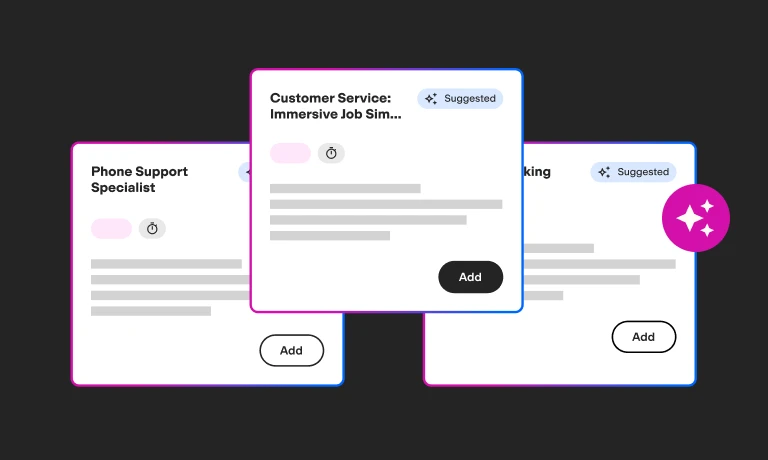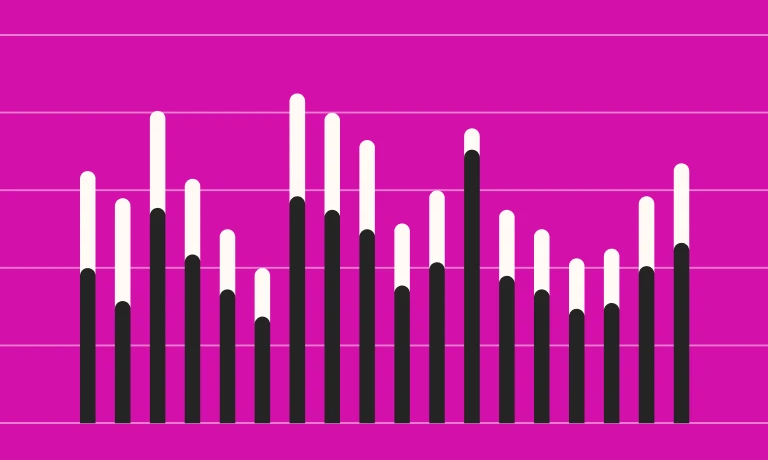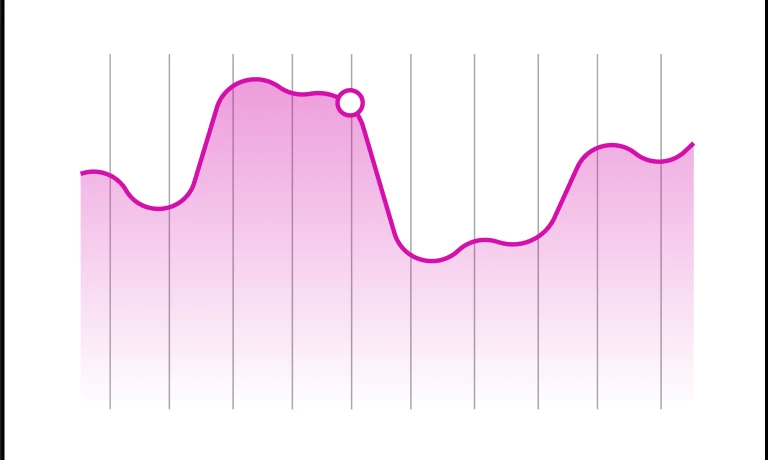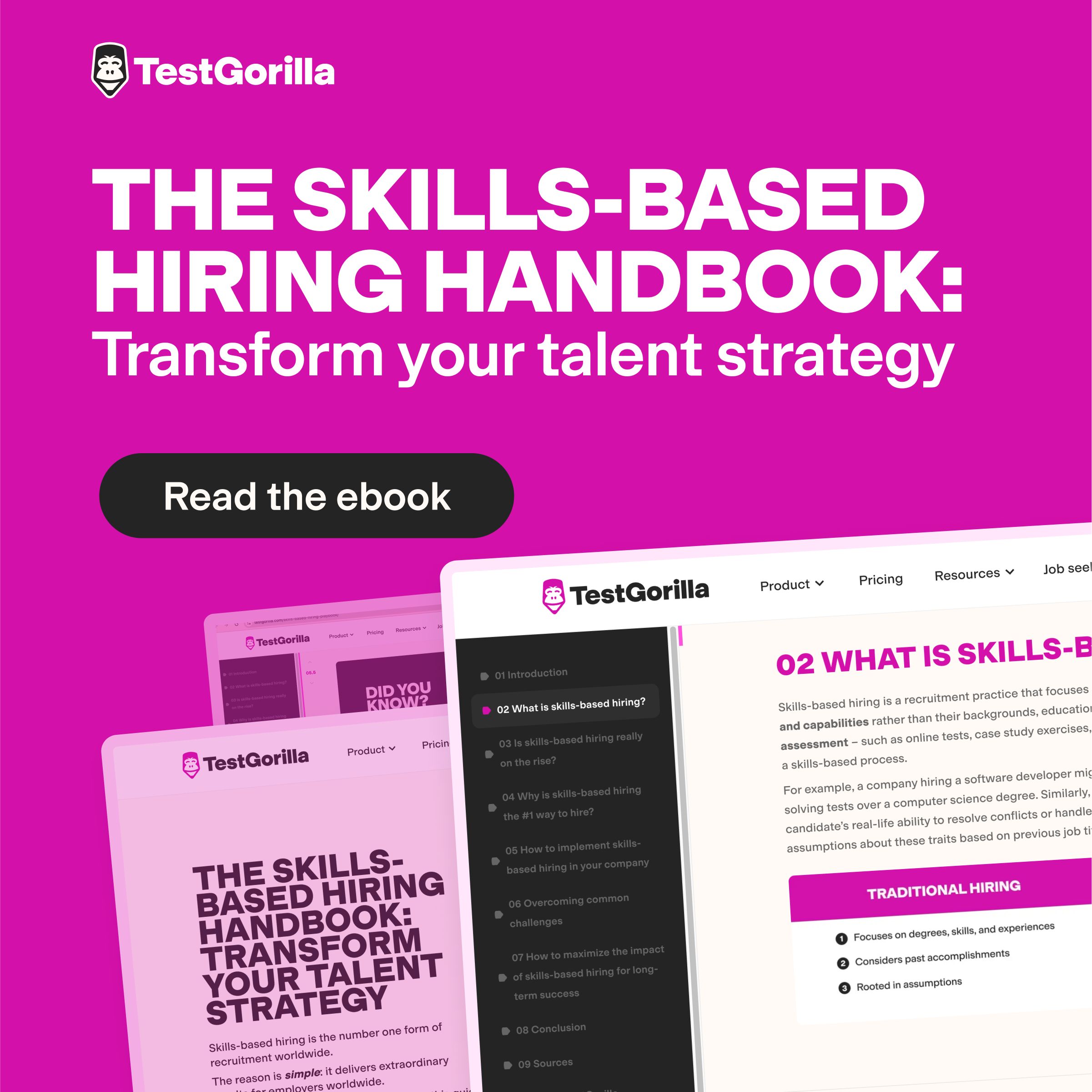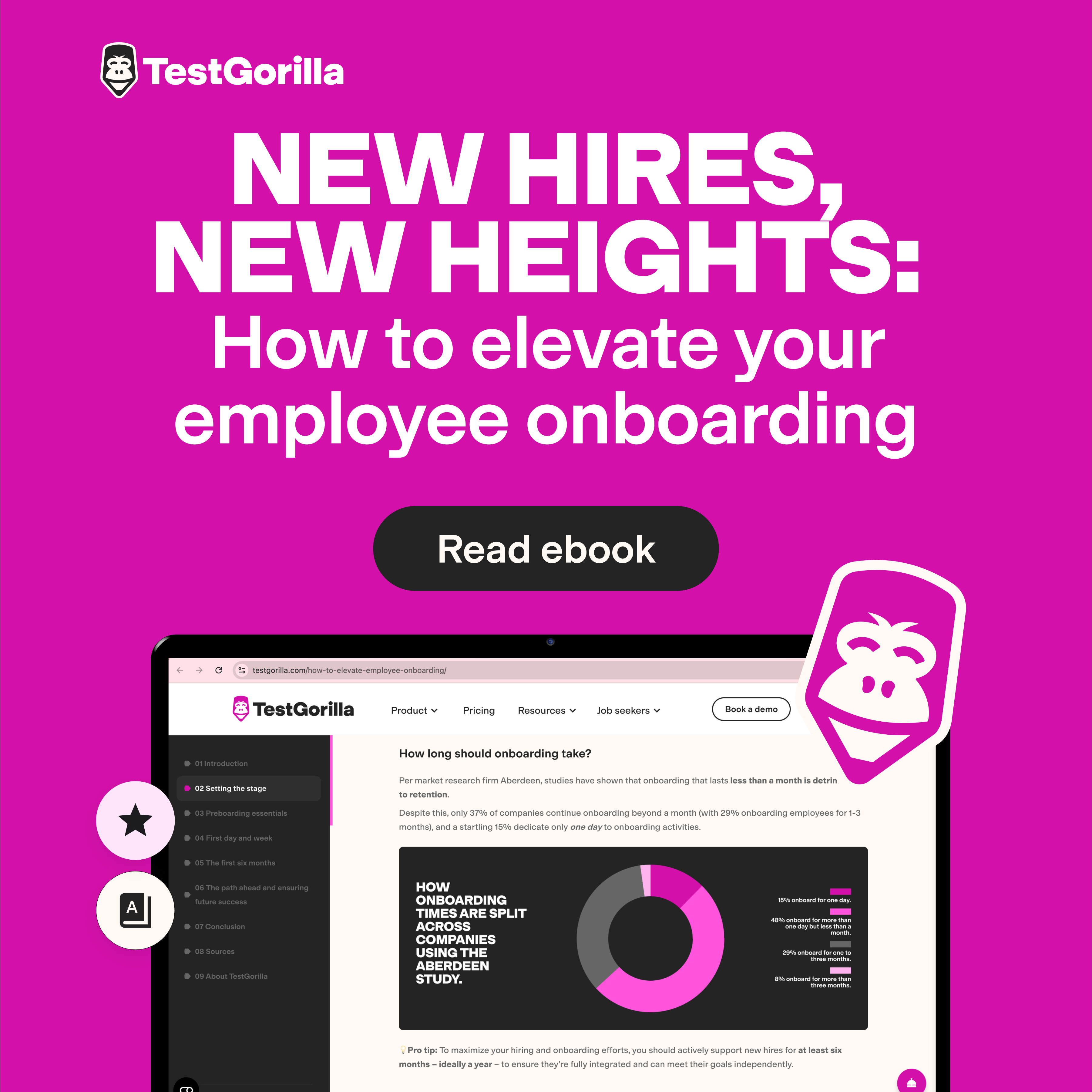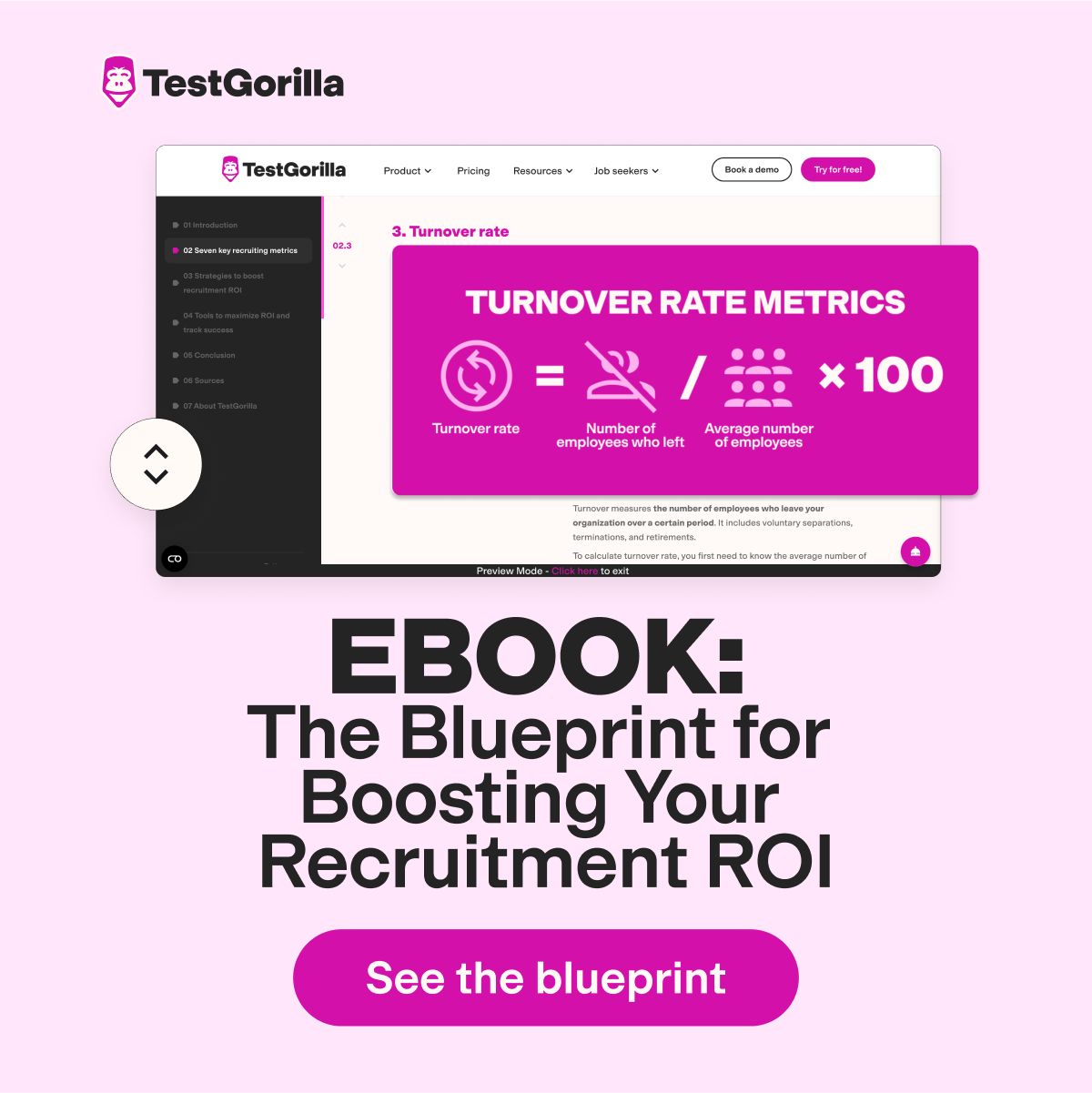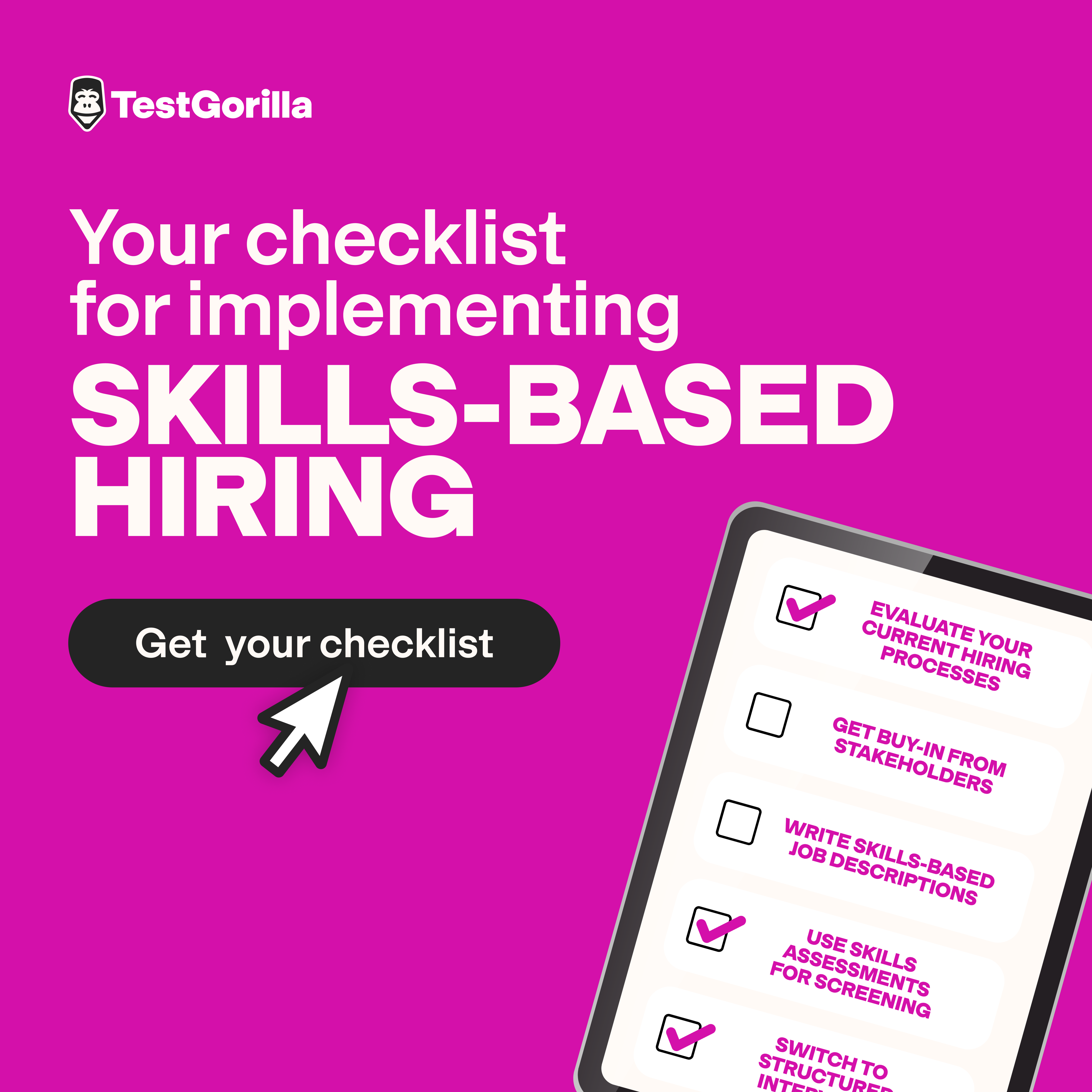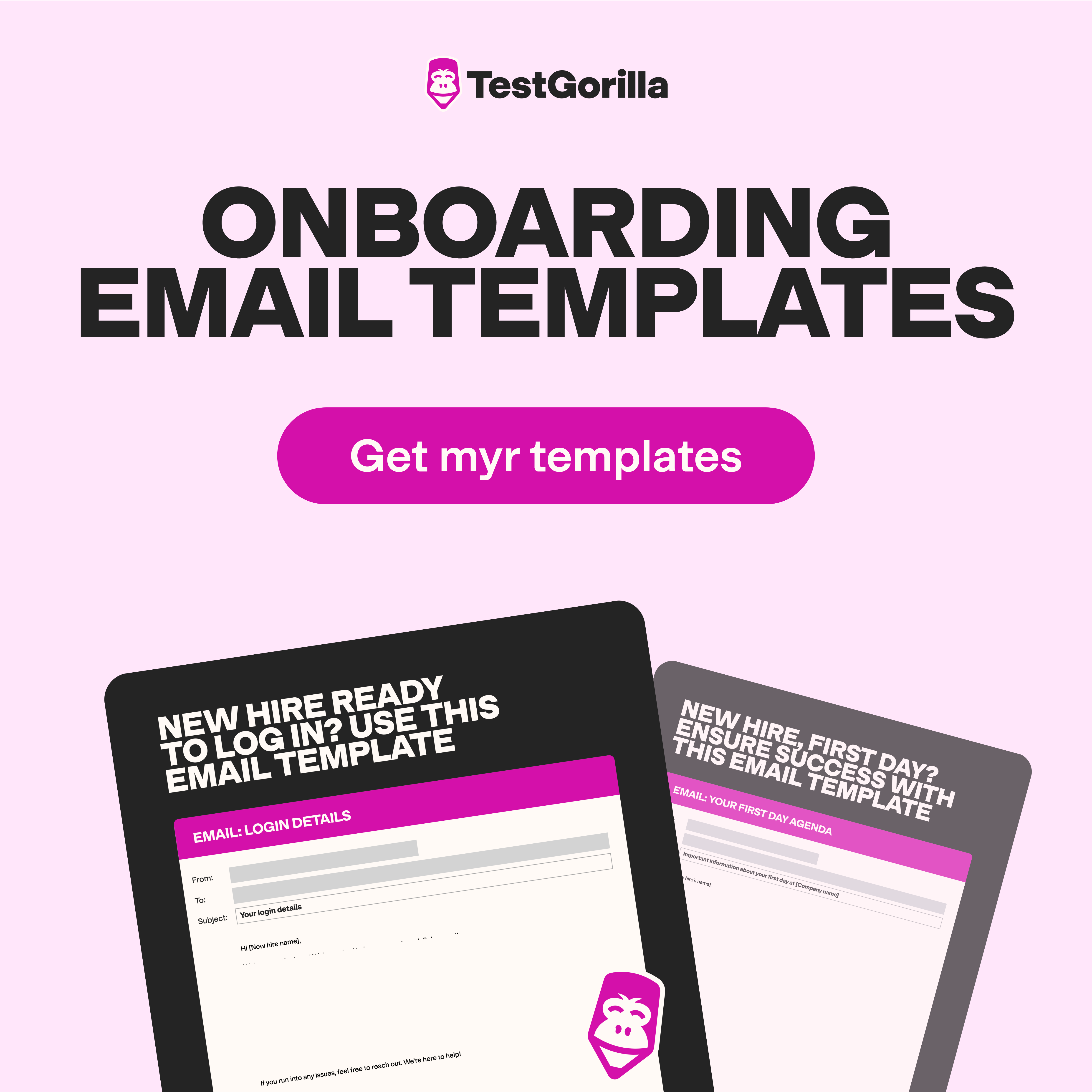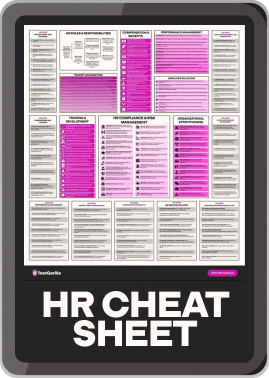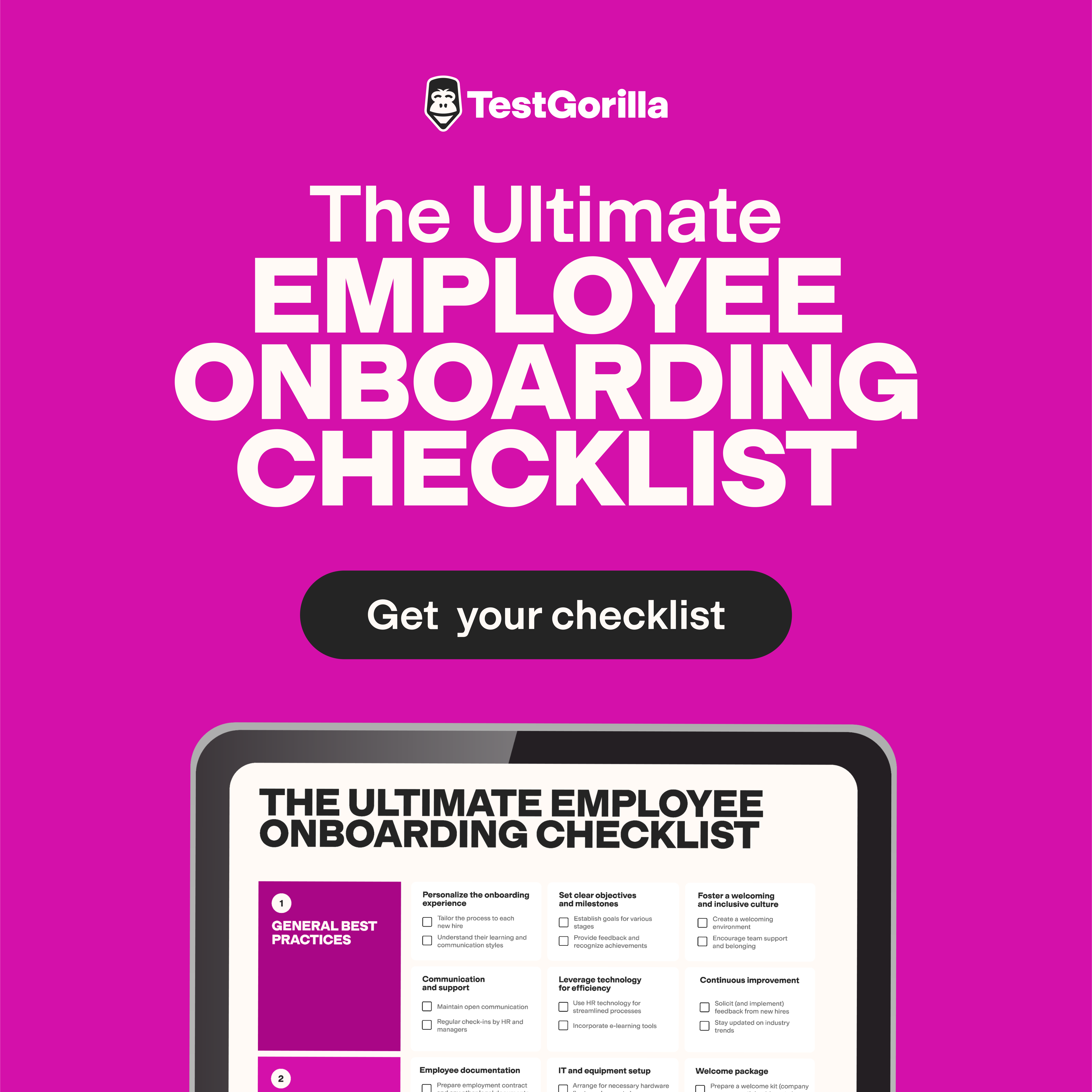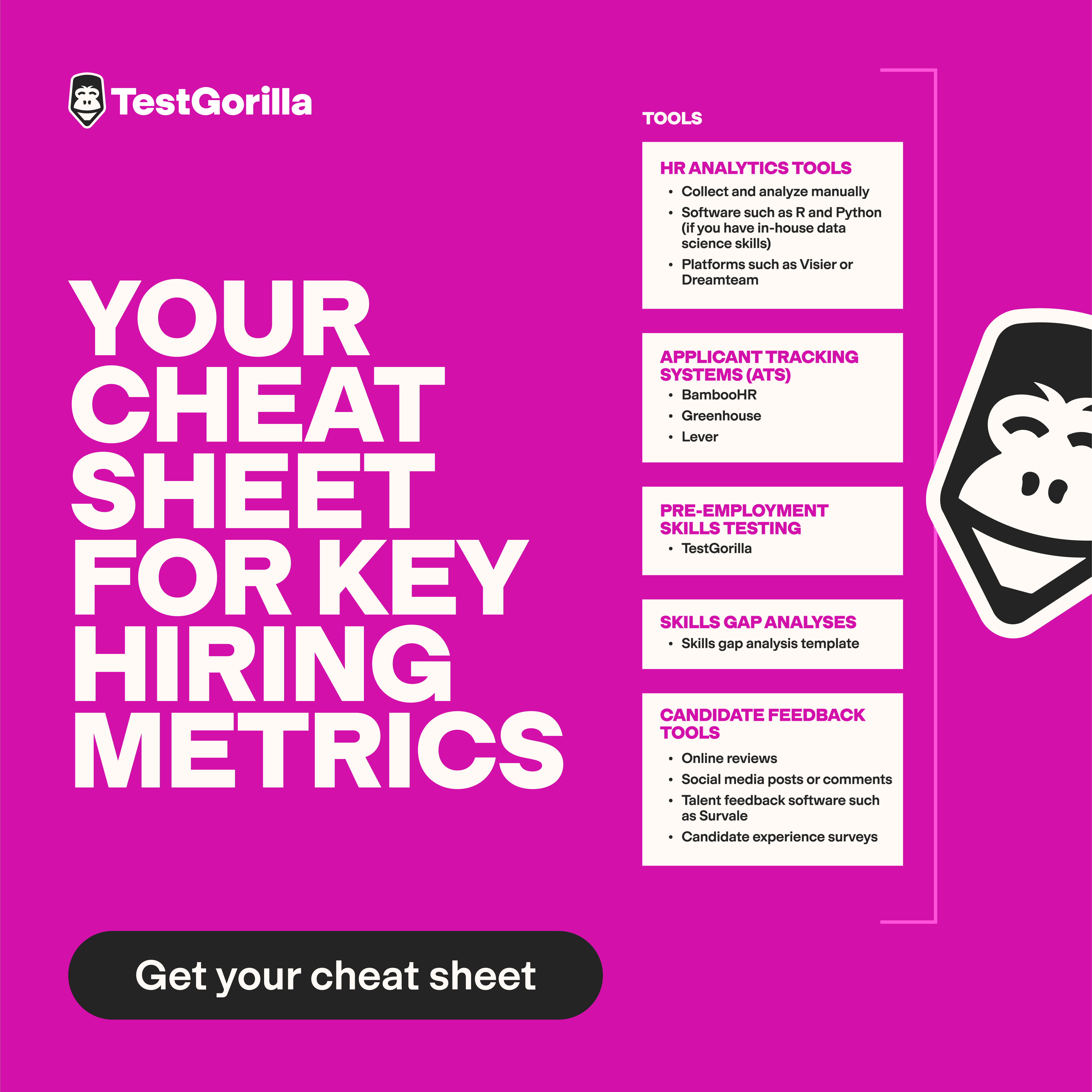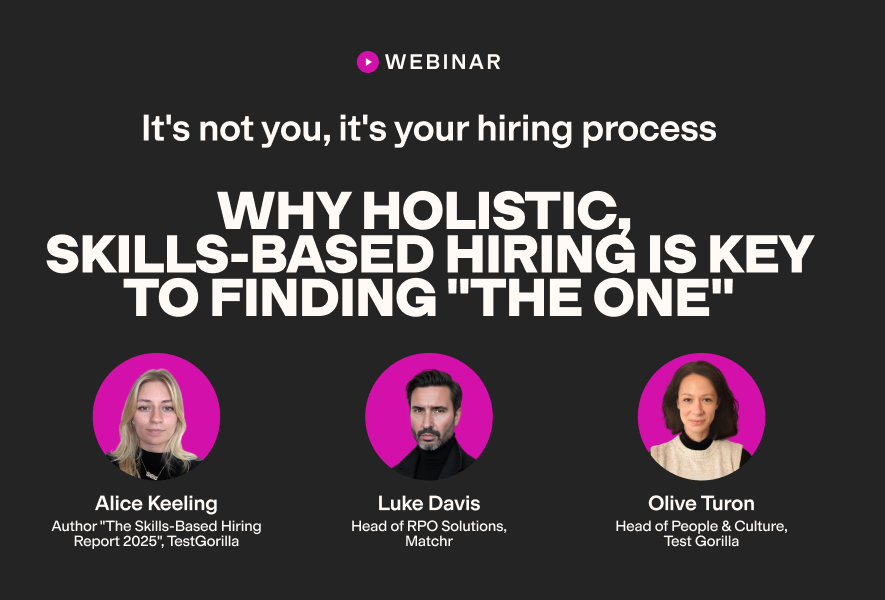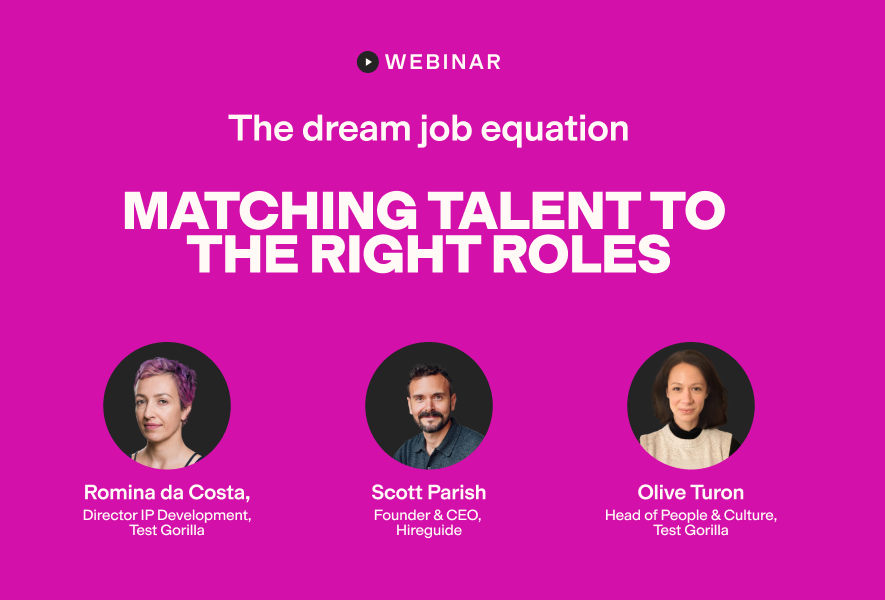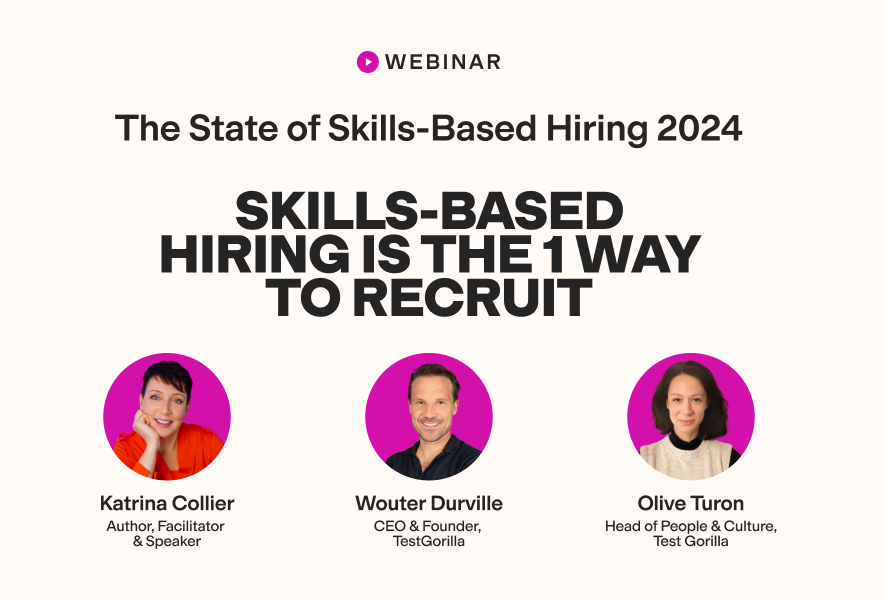10 tricky attention to detail interview questions to ask when hiring
Most jobs – from paralegals to executive assistants and social workers – require attention to detail, but assessing this skill isn’t easy. You must see it in action, rather than in words. So, choosing the right interview questions makes the difference between top role performance and costly errors arising from inattention.
Below, we look at ten tricky attention to detail interview questions, what they reveal, and how to spot good answers. We also cover how to find better candidates using attention to detail tests.
How to assess attention to detail in interviews
With some soft skills, like teamwork and organizational skills, candidates explain why they do them well. But with attention to detail, they prove it by doing it. That's why, in interviews, asking "Are you a detail-oriented person?" isn't enough. Eager to match expectations, candidates could simply respond "Yes.”
A more productive alternative is testing interviewees' attention to detail within specific situations. For example, behavioral questions reveal how candidates acted in past challenges, whereas situational questions propose hypothetical scenarios and reactions.
In longer interviews – perhaps further along in the hiring process – you can also work collaboratively on task-based exercises. These last 10-30 minutes (depending on complexity) and simulate job-specific multi-step tasks.
For example, Igor Golovko, Head of Development and Founder of TwinCore, assesses developer candidates' attention to detail through practical tasks. He writes:
"I like to test this by showing a snippet of code that looks correct but has subtle logical errors. [...] If a candidate notices that, it’s a strong signal they’ve written production-quality code and care about performance and correctness."
10 tricky attention to detail interview questions (and what to look for)
Here are ten questions to test candidates' attention to detail in practical and creative ways.
Behavioral interview questions
1. Have you ever noticed a significant mistake in your work after delivering it? How did you spot it, and what was your follow-up?
Admitting fault is tricky, but top candidates should frame their answer from a "mistakes happen – it's how you respond that matters" standpoint. This question also tests their ability to remain meticulous post-delivery, which helps improve business and client outcomes.
Good answers feature mistakes that weren't due to gross negligence but still could’ve negatively impacted results or relationships. Candidates should mention systematic checks, such as project closure reviews – plus explain how they planned to prevent similar errors.
2. Can you share a time when a client or stakeholder said something that didn’t quite add up? How did you dig deeper, and what did you discover?
This tests candidates' ability to notice crucial details in real time while communicating (whether communication is written or oral). It's particularly handy in roles with high-stakes real-time communication, such as those in sales, consulting, and account management.
Great answers include some brief context about the communication, stakeholder, and goal. Candidates should explain the logical inconsistency in the communication and what process or method enabled them to spot it. For example, they may have rigorously studied a data sheet in advance. They should also link their finding to improved outcomes.
3. Have you ever gone beyond the scope of your responsibilities to ensure accuracy or quality? What made you dig deeper?
This question is half-behavioral, half-motivational. It tells you if detail-oriented candidates are likely to go "above and beyond" to produce high-quality work – not just for themselves, but for the whole team.
You'll also glimpse whether they're intrinsically motivated (e.g., by a personal commitment to excellence) or extrinsically motivated (e.g., by the desire to please a supervisor).
Great answers explain:
Why the situation required an extra pair of eyes
How the candidate communicated their out-of-scope involvement
What the intrinsic and extrinsic motivators for their detailed approach were
Competency interview questions
4. Think of a multi-stage project you contributed to. How did your quality control approach evolve throughout the different stages?
This question interrogates detail-orientation endurance and flexibility in the real world. It can confirm whether candidates can maintain work quality at different production stages, such as when gathering client requirements, developing outputs, and communicating critical issues.
Good responses briefly outline a specific project's complexities – such as highly technical requirements, unclear expectations, or repetitive tasks. They explain how different stages required different focuses on detail.
For example, a project's planning stages may require heightened risk awareness, whereas final steps may require meticulous attention to errors and inconsistencies. Candidates should clarify the impact of various approaches.
5. Give an example of when you had to deliver something even though it wasn’t fully ready. What did you do in those last few hours?
This question lets candidates discuss the balance between meeting tight deadlines and maximizing quality. You'll also gauge whether potential employees are realistic enough to admit they sometimes submit work that’s "good enough" to prevent project bottlenecks.
Interviewees should provide some context behind the specific delivery and its status a few hours before submission. Look out for mentions of prioritization techniques (like must-have and nice-to-have lists) and time-saving strategies (such as using templates, project management platforms, and team delegation).
Situational interview questions
6. Say you have a technical 50-page document to review. You must identify the core messages, potential risks, and opportunities, plus research any other topics the report may have missed – and present this to your CEO. Describe your approach to reviewing the document step by step.
This situational question reveals how interviewees absorb and analyze information relevant to their roles.
The candidate should propose a potential report topic or ask you for one. They should then outline a methodical approach for reviewing the document. For example, they might have several read-throughs with different focus areas, list critical information in red-amber-green (RAG) priority, and use a system of collaborative comments and notes throughout the document.
7. You get a brief set of instructions for a task you're unfamiliar with. Your main stakeholder is on leave, and you must get on with the task. How do you mine the instructions for critical information?
This scenario tests employees' ability to understand details in uncertain or insufficient conditions.
Great candidates will construct a relevant scenario – for example, an HR manager might discuss needing to source a new office manager using minimal resources while their supervisor is on leave.
They'll prioritize and define the instruction's crucial elements. In the above example, the HR manager might prioritize "sourcing" over hiring and onboarding and define "using minimal resource" as doing the task “quickly and without excessive costs, including recruitment agencies.” They might also explain how they identify critical information and estimate probabilities and risks under unclear instructions.
8. Your coworker in Marketing is finalizing a summary of a recent customer feedback survey. You've been asked to review their report, but first, you analyze the survey data yourself. Explain what details you'd look out for and how you'd review your colleague's findings against your own.
This question tests how candidates cross-reference and validate others’ work with original data. The trickiness lies in the double task of drawing their own conclusions and evaluating existing outputs.
Strong candidates explain their survey analysis step-by-step – for instance, scanning for big trends, categorizing findings, and investigating outliers. They'll make up examples of interesting findings and explain how they’d find them in a large data set.
Then, they'll describe a framework for comparing their findings against their coworker's report – such as a theme-based or "similarities versus differences" model – to ensure they don’t miss details across the two versions.
Task-based interview questions
9. Here’s a table with mock customer data. Please examine the information and point out discrepancies in the data, find useful trends or patterns, and suggest solutions that can better serve the hypothetical customer base.
For this question, you must prepare a table with mock customer data (such as names, locations, orders, transaction dates, and payment amounts).
This exercise is a pressure cooker for analyzing numerical and qualitative details on the spot. Candidates don't have to be data scientists or marketing specialists. Here, how they dig for details matters more than what their findings are.
Top candidates will:
Prioritize analysis steps, checking information accuracy and consistency first, then working on 2-3 columns at a time to solve the task
Categorize and order information to spot patterns (for instance, geographic distribution based on sales)
Prioritize findings based on business needs or role responsibilities
Have a conversation by explaining each step to the interviewer and adapting their answer based on feedback
10. Here are some details about [role-related problem]. Please take in-depth notes, identify potential issues, and create an action plan for solving the problem.
For this question, you must prepare a set of details about a role-related problem – for example, changing suppliers in an operational role. Communicate these details orally and don't provide written information to candidates. Include details such as timelines, costs, requirements, and ideal outcomes alongside general context.
This question is useful for simulating in-depth collaboration during work meetings. It challenges interviewees to pick out pertinent details in real-time communication and plan follow-ups under time pressure.
See if candidates:
Record information at a steady pace
Double-check that they’ve understood details correctly
Identify information gaps and ask follow-up questions
Explain cause-and-effect relationships in the scenario
Back up their action items with relevant data
Top tip: Collect thorough candidate accessibility information before the interview. If, for example, a candidate is neurodivergent or hard of hearing, adjust this exercise and provide information both in writing and via discussion.
The best insights on HR and recruitment, delivered to your inbox.
Biweekly updates. No spam. Unsubscribe any time.
Red flags to watch for in interviews
Here's what less-than-ideal answers sound like.
1. They're generic
Vague, general answers suggest candidates haven't given enough thought to producing rigorous work. It doesn't necessarily mean they aren't detail-oriented employees, but it could suggest they often run on autopilot and struggle to maintain rigor in high-pressure situations.
Generic answers will lack specific techniques or past work situations. An example is, "My previous boss praised my attention to detail in front of the whole team."
2. They're unrealistic
Everybody makes mistakes. Interview answers that make it seem like the candidate never makes mistakes might be overselling the candidate. For example, interviewees claiming they used advanced techniques to instantly create flawless, in-depth work might lack self-awareness, self-critiquing skills, and problem-solving methods that improve work quality.
3. They downplay attention to detail
While you want candidates to understand the wider context of their work, be wary of anti-detail sentiments. For instance, "I care more about the macro environment than how things get made," might sound exciting and innovative. But it could lead you to, say, hire a strategist who struggles to turn ideas into outputs.
This is an easy trap to fall for in executive hiring. Remember that senior staff must still spot errors, review others' work, and understand how the cogs turn in the business.
Go beyond the interview: Use skills assessments
You'll squeeze more juice from your attention to detail interview questions by pre-screening candidates on this critical skill.
The quickest and most effective way to do this is by using science-backed talent assessments. TestGorilla's attention to detail test (textual) checks applicants' ability to spot errors and differences, pick up on nuance, and filter information in under 12 minutes. Separately, you can also test visual attention to detail, verbal reasoning, and understanding instructions.
You can combine up to five tests for a well-rounded assessment. TestGorilla has 400+ tests in its library, including cognitive ability, role-specific, and situational judgment tests – helping you shortlist top candidates to interview objectively and at scale.
Find detail-oriented employees with TestGorilla
Asking situation-specific questions to test candidates' attention to detail helps you ensure your future hire actually walks the walk. Use behavioral, situational, and task-based questions to check how candidates maintain rigor under pressure, prioritize relevant details, and more.
Screening your interviewees with attention to detail tests helps make your hiring process faster and more productive. TestGorilla's user-friendly, scientifically validated tests assess and rank candidates on various skills, from detail orientation to data analysis, time management, role-specific skills, and more.
Book a demo today.
You've scrolled this far
Why not try TestGorilla for free, and see what happens when you put skills first.




